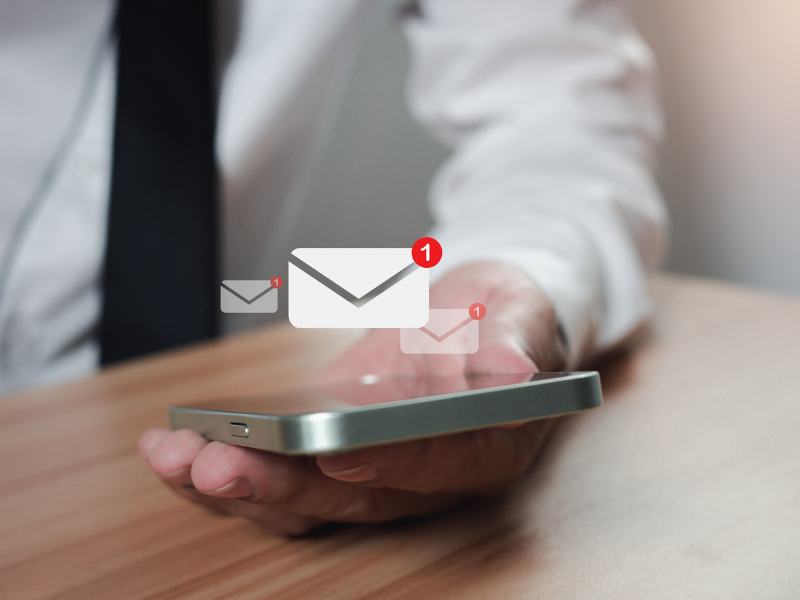Screen apnea : a persistent phenomenon
An unconscious reflex :
When you open an application, your breathing stops. You wait impatiently for a reply to an urgent e-mail that never seems to arrive. For many, this is reason enough to hold their breath. This reflex is often unconscious, your body having adopted this habit without you realizing it.
In 2008, Linda Stone had already observed this phenomenon on herself. After interviewing 200 people, she confirmed that she wasn’t the only one affected. That’s how she came to define the concept of e-mail apnea. She soon realized that this behavior extended to all interactions with screens, giving rise to the notion of “screen apnea”.
Nervous system overactivity :
Research by American Linda Stone has revealed that around 80% of people hold their breath when they receive a notification on their screens. This behavior, usually unconscious, can lead individuals to spend several minutes a day in apnea without realizing it, over-activating the sympathetic autonomic nervous system. In the short term, this leads to an increase in heart rate, blood pressure and blood glucose levels. In the long term, chronic stress leads to high blood pressure, increased risk of cardiovascular disease and type 2 diabetes.
The impact of technology on stress in the workplace :
The rise of technology, particularly smartphones, has given us access to an unprecedented amount of information. This constant accessibility, via multiple communication channels, stimulates our brains in unprecedented ways. In response to this stimulus overload, our central nervous system often adopts involuntary mechanisms such as holding our breath.
FSO data show a marked increase in work-related stress over the last ten years. In 2022, 23% of workers said they were stressed, compared with 18% in 2012. This represents the most marked increase, with more than half of those under stress (53%) feeling emotionally exhausted and at increased risk of burnout. These figures, published by the SFSO, highlight the importance of taking well-being at work into account and managing stress effectively.
Hyperconnection, made possible by modern technologies, and stress in the workplace are closely linked. This situation creates a vicious cycle where hyperconnection amplifies stress, and stress increases hyperconnection. To break out of this vicious circle, it’s crucial to recognize these behaviors and manage them by integrating regular breaks/disconnections and relaxation practices, such as conscious breathing or turbo napping, into our daily routine.
